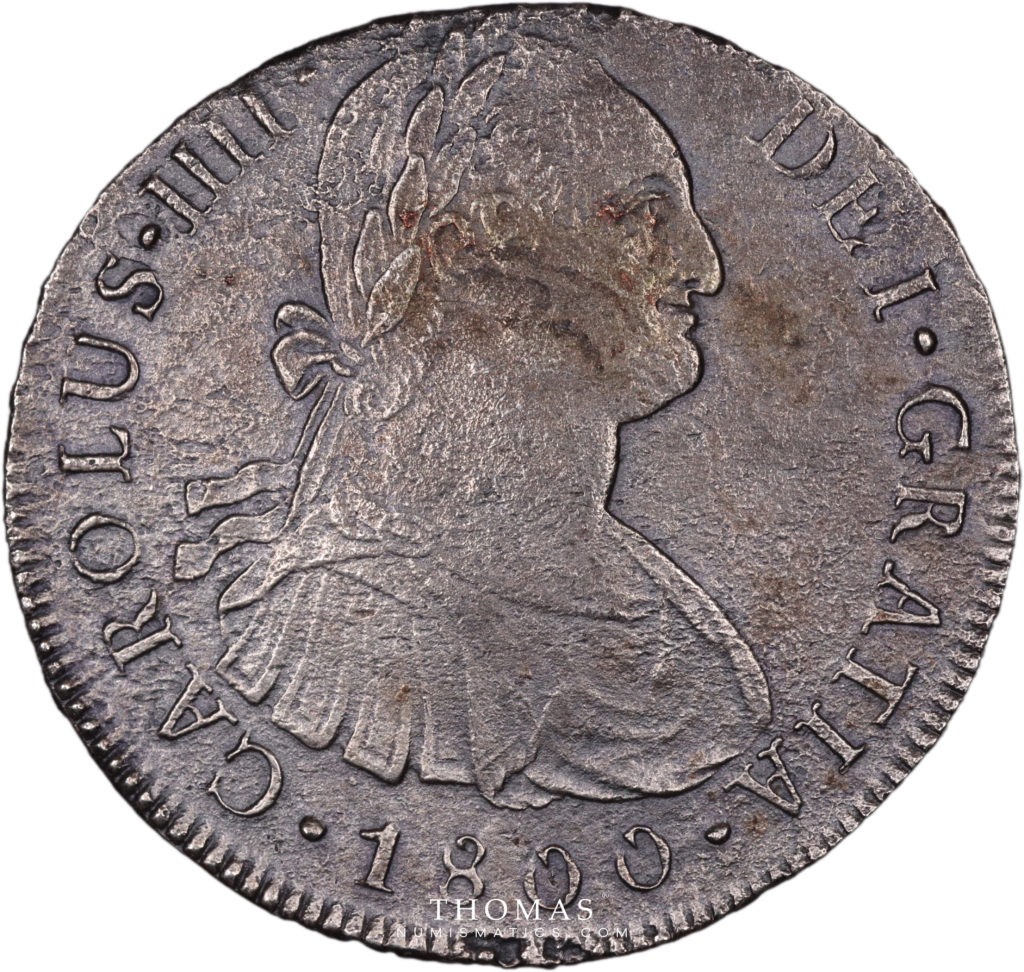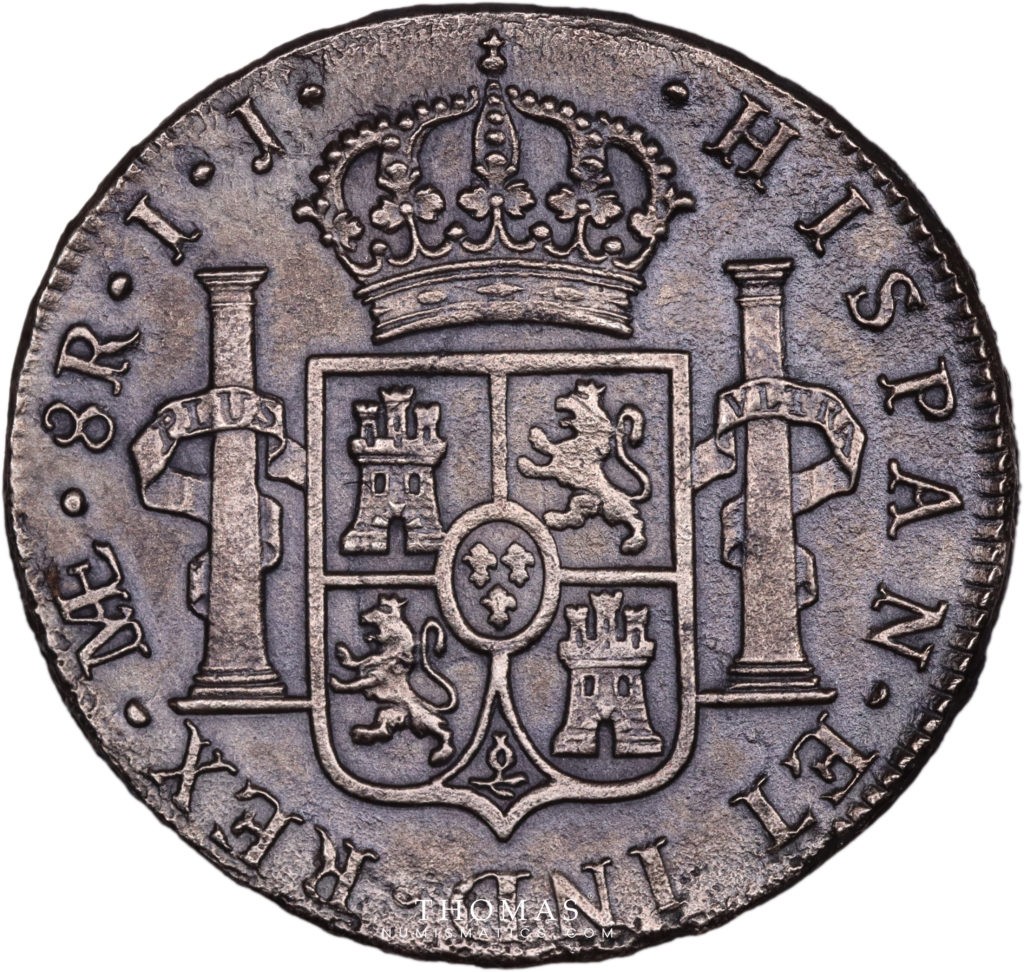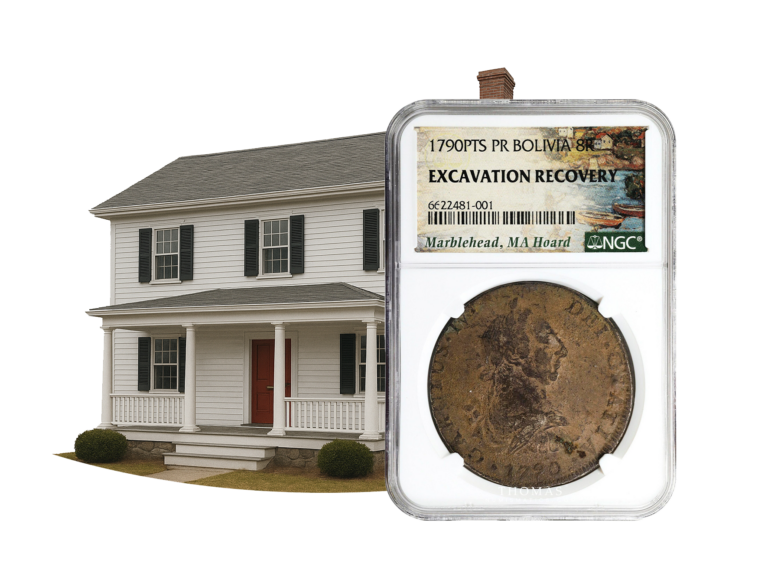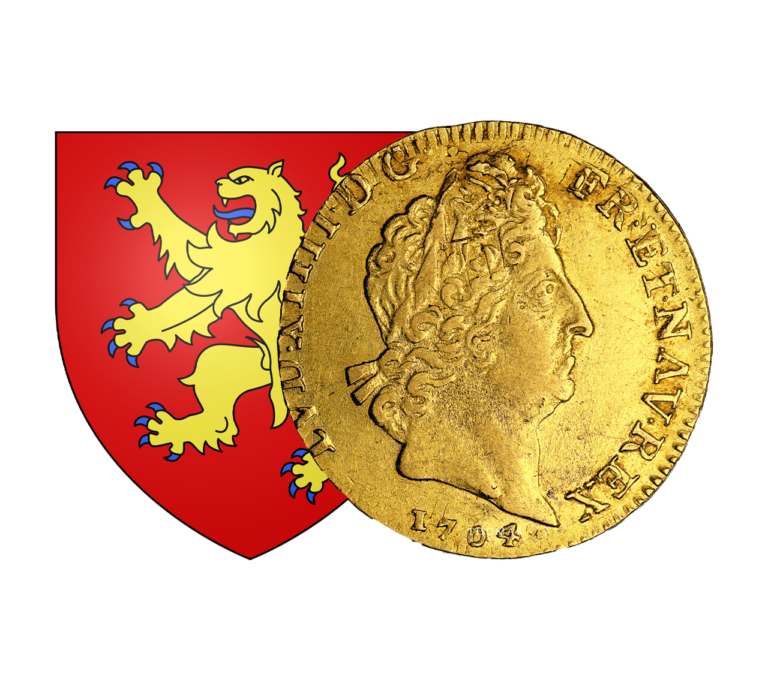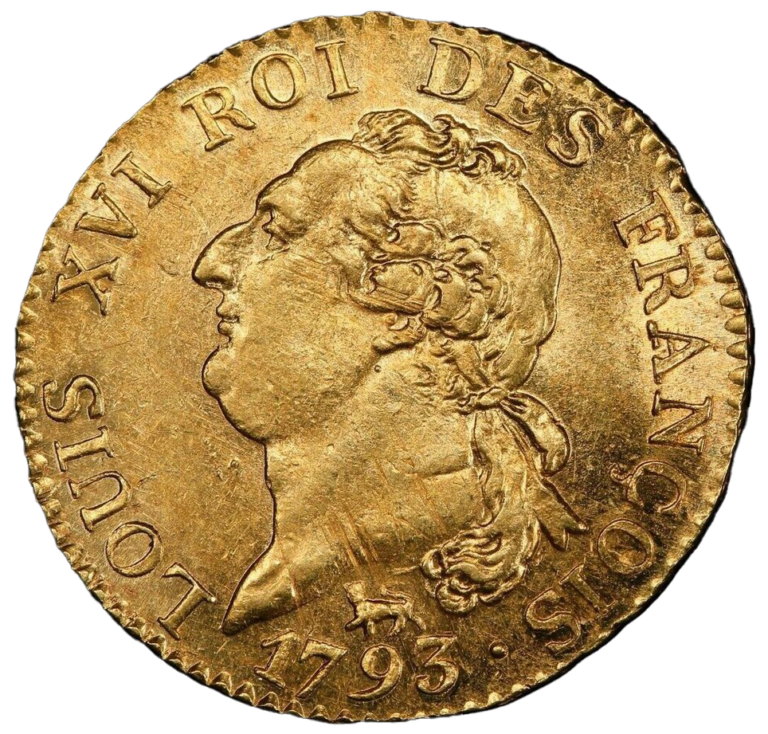
Discover all the news and articles from TNUMIS Magazine exclusively
The numismatic treasure of Santa Leocadia
The ship Santa Leocadia left the Peruvian port of Lima, Callao, on November 7, 1800. The Spanish frigate, composed of 34 cannons and dozens of passengers, was commanded by Captain Antonio Barreda and was destined to join the ministers of the Royal Treasury of Panama.
A cargo of Spanish gold and silver coins
Its cargo is therefore substantial. According to Julio Estrada, quoted by Mariano Sánchez, captain of the frigate in passive service, the ship was carrying 1,250,000 pesos, gold and silver coins, which are now prized by numismatists.
These are essentially Spanish reales minted in Lima, the currencies used in the Spanish Empire since the 14th century and which will last until the middle of the 19th century. The treasure of Santa Leocadia was composed of coins of 8 reales avec portrait struck in Lima. There are also coins with silver finials dating from the mid to late eighteenth century, from the bank of Potosi. This part of the treasure certainly comes from a private purse, because it was not part of the million declared at the beginning.
The shipwreck of the Santa Leocadia
In the evening of November 16, 1800, around 8:30 pm, the pilot of the boat, Don Gaspar de Bejarano, hit a bank near Cape Saint-Hèlene. The accident took place at about 100 meters from the Ecuadorian coast. The frigate sinks, makes 140 deaths and takes with it the Spanish treasure.
This area of navigation is indeed perilous. 119 years earlier, not far from there, another Spanish ship, the Santa Maria de la Consolacion, had run aground on the Isla de Muerto.
The Spanish kingdom quickly organized explorations and rescues, because they knew exactly where the ship had sunk. Legend has it that they recovered almost 90% of the precious cargo and that the pirates, over time, finished the job.
According to the actual salvage report, the investigation took place two months after the sinking, in January 1801, and lasted about three months. In April, the sea became rough, as it does every season. Waves of 10 meters high were formed, and one of them broke part of the hull, which was scattered and made it difficult to find anything. The research stopped. The total treasure recovered was 940,000 pesos out of the 1.2 million recorded. Moreover, half of the artillery and many objects were not recovered either.
This is certainly the reason why, years later, the treasure seeker and collector Carl Fismer, incredulous, asks for a salvage right from the Ecuadorian government. He obtained permission to return to the wreck in the 1980s and recovered many Spanish coins.
The coins of the Leocadia treasure being today considered rare, it seems legitimate to think that there are still many of them at the bottom of the ocean.
Sources :
Sedwick Coins
Cannon beach treasure
Aqua culture resources
